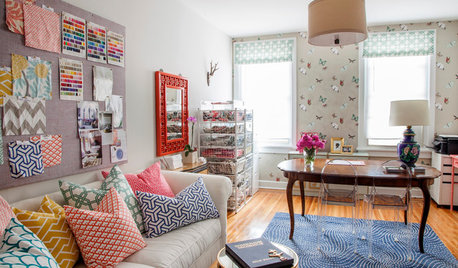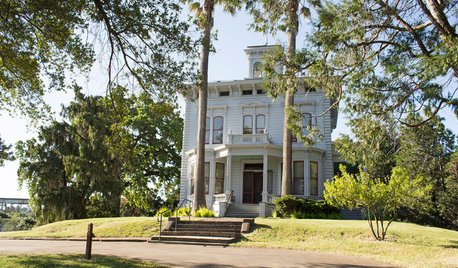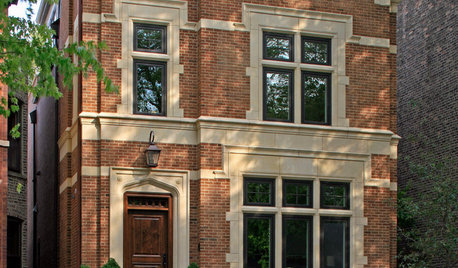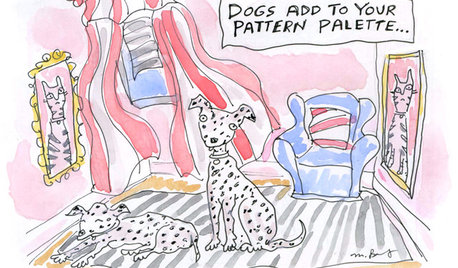Here's some pics of my foundation...help!
sflynn75
14 years ago
Related Stories

STUDIOS AND WORKSHOPSYour Space Can Help You Get Down to Work. Here's How
Feed your creativity and reduce distractions with the right work surfaces, the right chair, and a good balance of sights and sounds
Full Story
GARDENING GUIDESKeep Your Cool in the Garden — Here’s What to Do in August
Don’t let summer’s heat go to your head. These U.S. gardening guides will help you make sensible choices for all of your plantings
Full Story
SPRING GARDENINGEnjoy the Peak of Spring Gardening — Here’s What to Do in May
Bid the frost farewell and treasure the blooms. No matter what U.S. region you’re in, one of these guides will help your garden flourish
Full Story
TRAVEL BY DESIGNThe Father of the U.S. National Parks Lived Here
Adventurer John Muir helped preserve the nation’s natural wonders. His California home shows his domestic side
Full Story
MATERIALSRaw Materials Revealed: Brick, Block and Stone Help Homes Last
Learn about durable masonry essentials for houses and landscapes, and why some weighty-looking pieces are lighter than they look
Full Story
COLORWant More Color in Your Home? Here’s How to Get Started
Lose your fear of dabbling in new hues with these expert words of advice
Full Story
KITCHEN CABINETSChoosing New Cabinets? Here’s What to Know Before You Shop
Get the scoop on kitchen and bathroom cabinet materials and construction methods to understand your options
Full Story
DIY PROJECTSHere’s a Thanksgiving Centerpiece You Can Use Through the New Year
Make a fall centerpiece that can transition to winter with ingredients foraged in nature
Full Story
8 Ways Dogs Help You Design
Need to shake up a room, find a couch or go paperless? Here are some ideas to chew on
Full Story








sniffdog
sniffdog
Related Professionals
Chicago Ridge General Contractors · Hutchinson General Contractors · Lincoln General Contractors · Muskogee General Contractors · South Windsor General Contractors · Universal City General Contractors · West Mifflin General Contractors · Westminster General Contractors · Woodmere General Contractors · Westmont General Contractors · Addison Flooring Contractors · Anaheim Flooring Contractors · Miami Flooring Contractors · Middleburg Flooring Contractors · White Bear Lake Flooring Contractorsdurutti
worthy